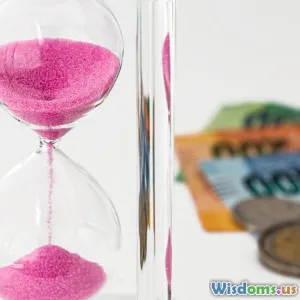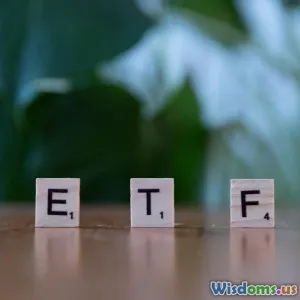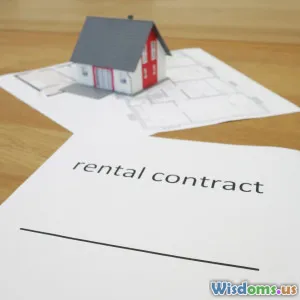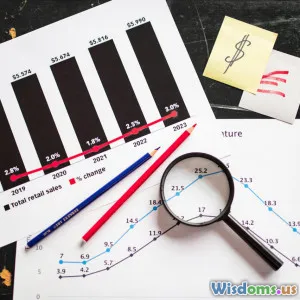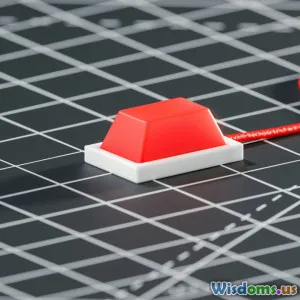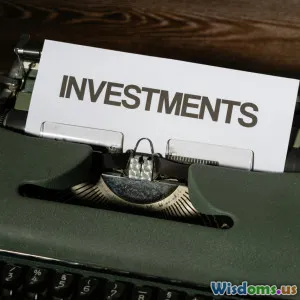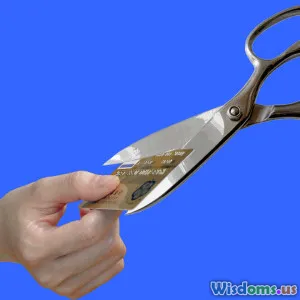
How I Paid Off My Credit Cards in Twelve Months
14 min read Discover practical strategies and tips on how I eliminated my credit card debt in just twelve months. (0 Reviews)
How I Paid Off My Credit Cards in Twelve Months
Staring at my mounting credit card bills a year ago, I felt anxious and overwhelmed. With balances on three cards totaling over $10,000 and minimum payments chewing up a big slice of every paycheck, it seemed nearly impossible that I’d ever break free. Fast-forward twelve months, and I’m writing this with a $0 credit card balance—plus a trove of insights, strategies, and habits that transformed not only my financial life but my confidence with money. Here’s how I did it, with practical steps and honest lessons anyone struggling with credit card debt can use.
Facing the Numbers
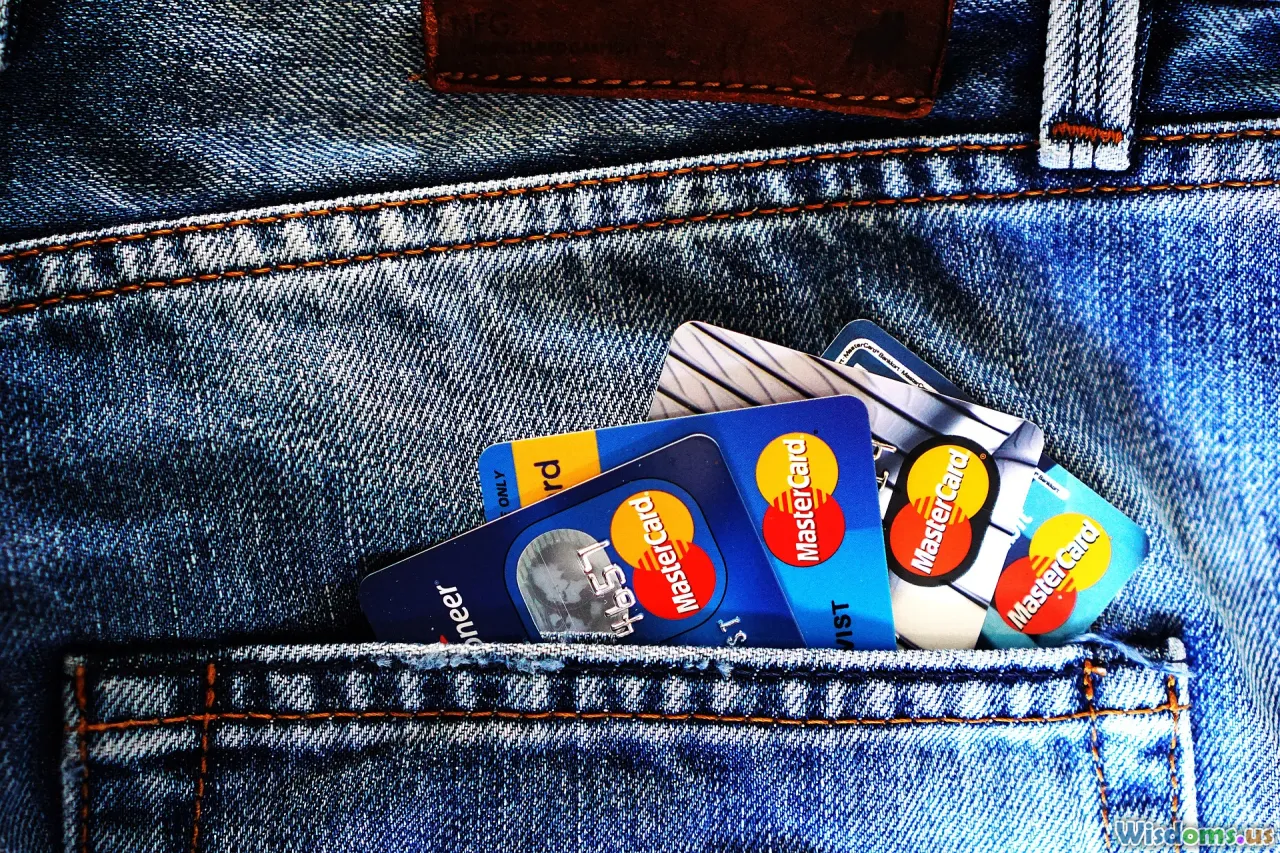
The first and hardest step was confronting the reality of my debt. For months, I’d avoided looking too closely at my statements. When I finally laid out every balance, minimum payment, and interest rate in a spreadsheet, I had to reckon with years of overspending and emotional shopping. My three major cards had interest rates of 17.99%, 21.49%, and 26.99%. The statements showed both my problem and the profit banks were quietly making off my complacency.
Key Insight: Facing the full extent of your debt can be scary, but clarity is liberating. By quantifying the damage, you move from vague anxiety to actionable problems. This simple act—creating a single spreadsheet—was my first major win.
Pro tip: Use a template from your bank or an app like Mint or YNAB (You Need A Budget) to automatically import and track your data. This helps you stay honest and consistent week by week.
Picking a Repayment Strategy: Avalanche vs. Snowball
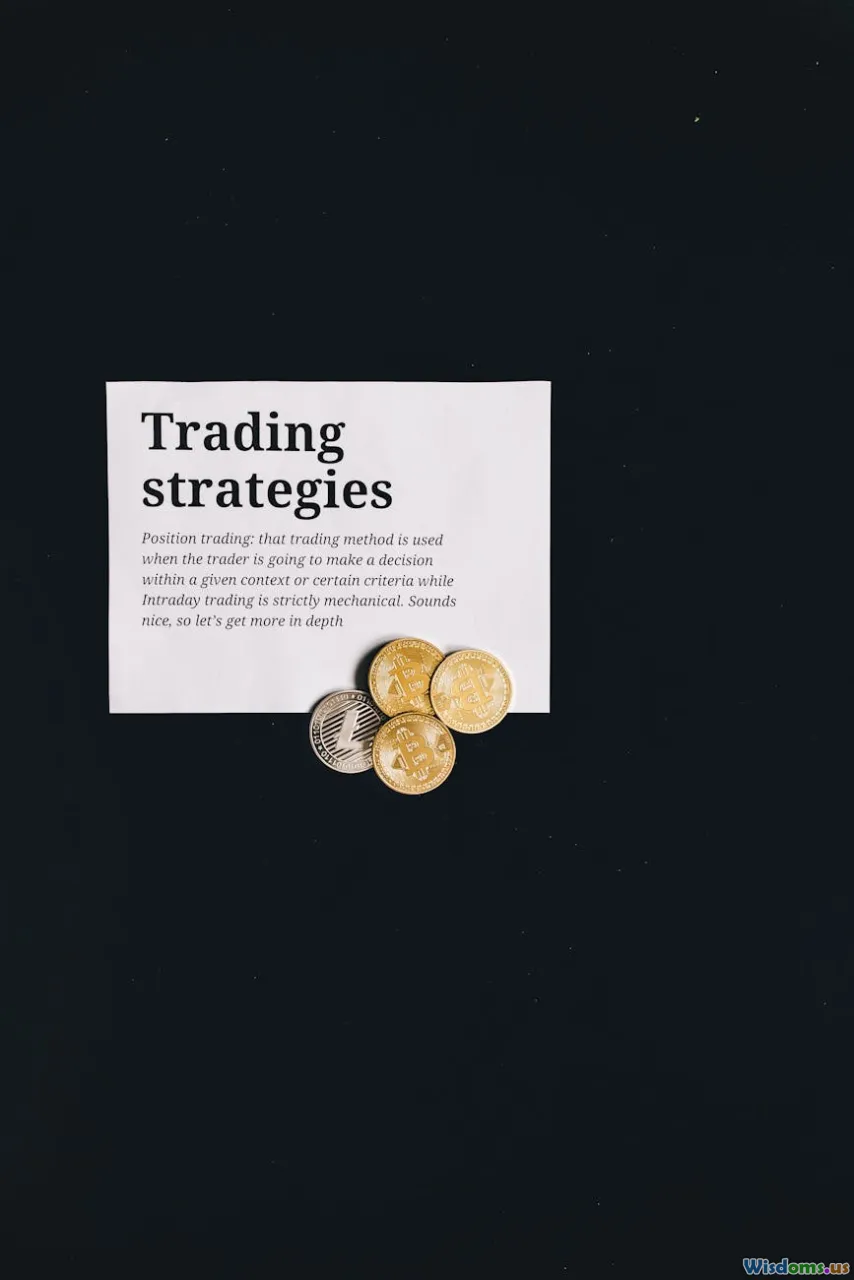
Armed with real numbers, I needed a game plan. After research, I weighed two classic repayment strategies:
- Debt Avalanche: Pay minimums on all cards, then throw every spare dollar at the card with the highest interest rate first. Mathematically, it saves the most money over time.
- Debt Snowball: Pay minimums on all, attack the card with the smallest balance. The idea is early success fuels motivation.
My temptation was to use the snowball for its short-term wins, but my highest-interest card was aggressively compounding. My $5000 limit card, with $3600 owed, was chewing up $65 in interest every month.
Decision: I chose a hybrid approach. I made minimums on the lower-rate cards, funneled extra cash to the high-interest account, but celebrated each paid-off card milestone along the way. This maintained motivation and optimized savings.
Real-Life Example: After two months of focused payments, I cleared my $1200 balance on my store rewards card. Crossing it off the spreadsheet gave me a psychological boost, even as I continued battling the bigger debts.
Cutting Spending Without Feeling Deprived
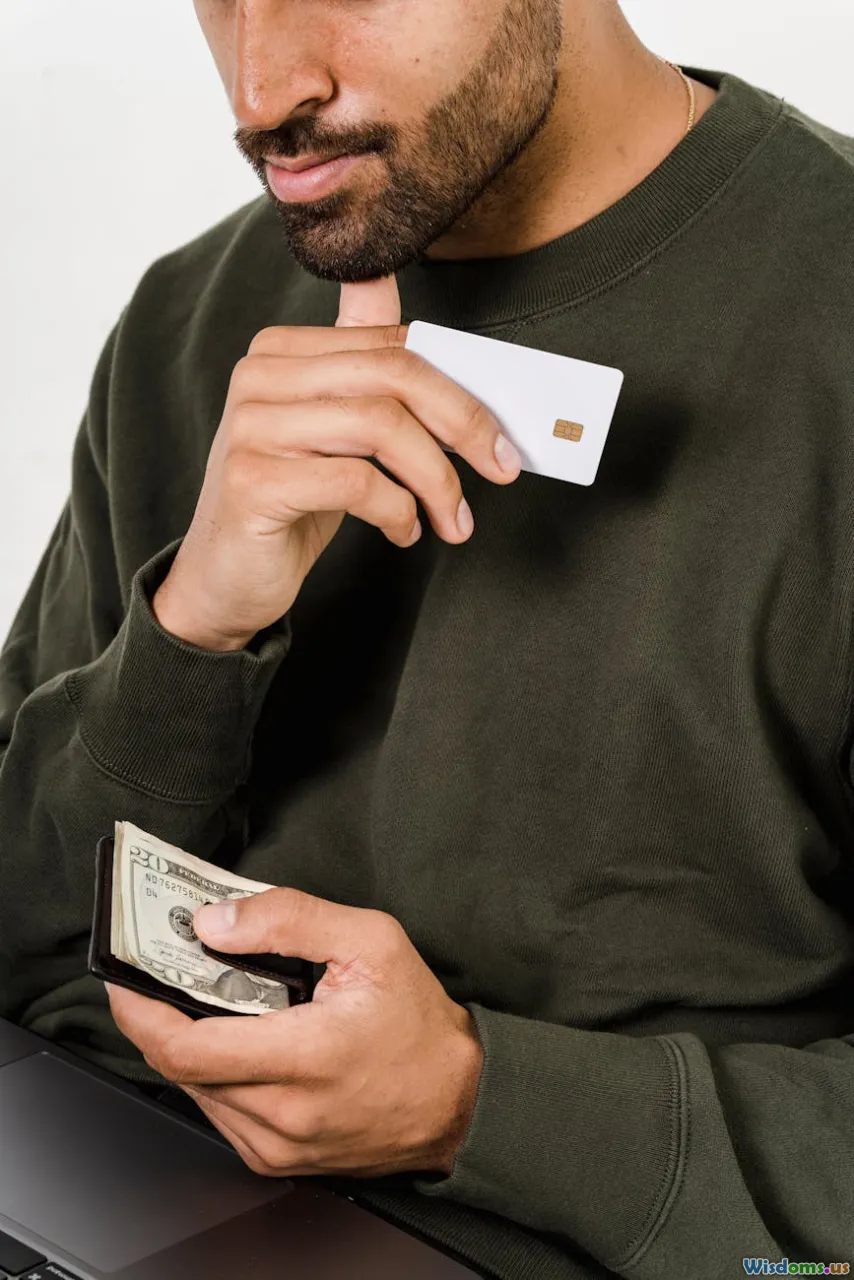
Paying off significant debt requires lifestyle changes, not just wishful thinking. But being miserly is a recipe for burnout. My mission: decrease expenses intelligently, not suffer through it. Here’s how I approached it:
Automated Budgeting
I set up a custom budget with split categories—housing, food, utilities, insurance, and discretionary (entertainment, shopping, takeout, etc.). Using a zero-based approach, I allocated every pay period dollar before spending it.
Substitution, Not Elimination
- Swapped coffee shop lattes for home-brewed French press—saved $60/month.
- Cooked in batches, prepping lunch three days a week—cut my restaurant bill by half.
- Switched streaming services quarterly instead of subscribing all at once.
Mindful Shopping
I installed a 48-hour rule for non-essential purchases. Every time an urge struck at midnight Amazon sessions, I’d leave the item in my cart for two days. Most of the time, the urge faded by itself.
Result: Over twelve months, these small sustainable tweaks shaved $400–$500 from my monthly budget. That extra found money became my new debt-elimination fuel.
Increasing My Side Income
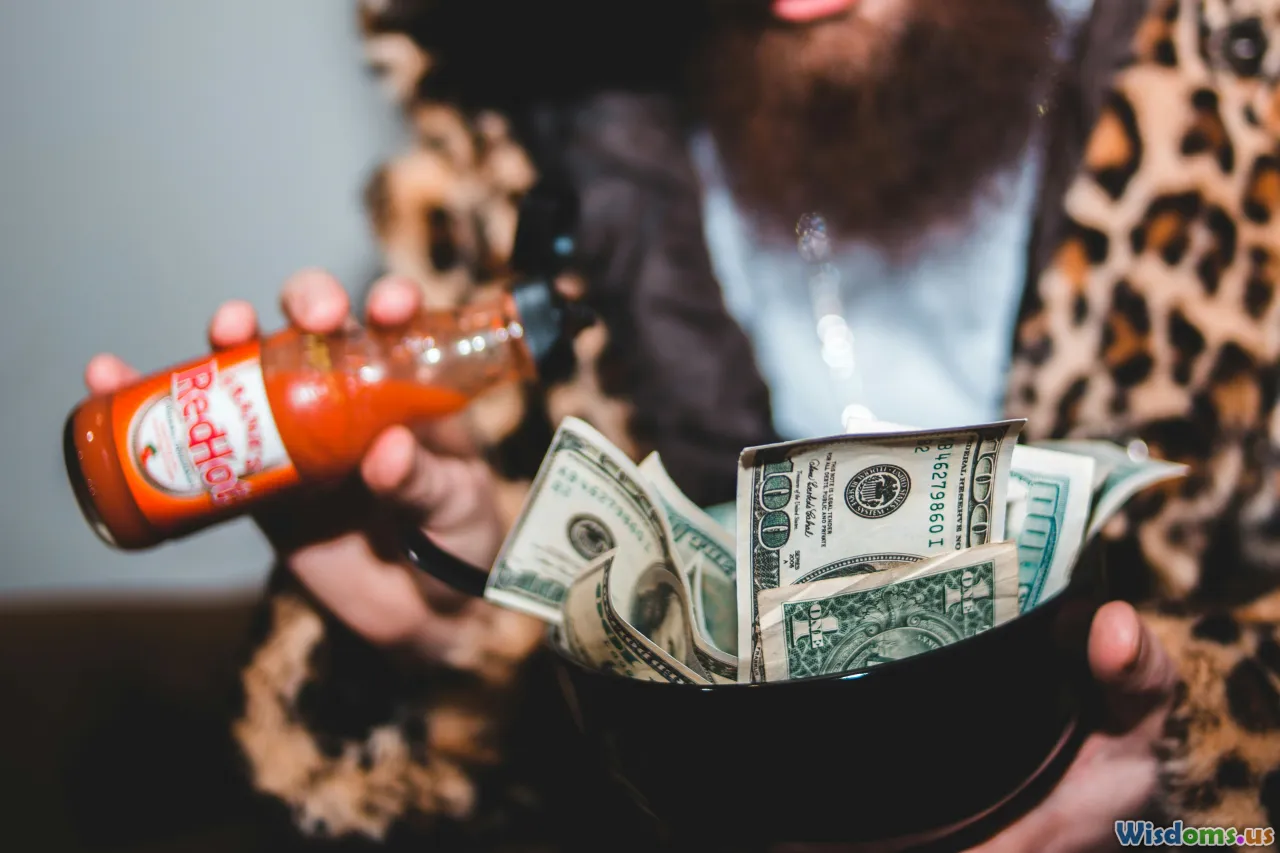
Reducing expenses got me started, but to aggressively pay off debt, I needed to make more money. Here’s what worked:
Gigs and Side Hustles
I signed up for weekend food delivery with Uber Eats, averaging $120 weekly in extra income. Occasionally, I took on quick freelancing gigs in marketing via Upwork, earning between $200–$400 per project. With these side hustles, I put an extra $450 per month on credit payments—directly, not into everyday spending.
Selling Unused Stuff
Clearing clutter and decluttering my home and digital life, I listed electronics, clothes, and furniture on eBay and Facebook Marketplace. One designer bag sat unused for years, until I finally listed it. It made $180 and went straight onto my high-interest balance.
Pro tip: Focus on skills or hobbies that you can monetize. Even seasonal odd jobs can be low effort but high impact during repayment sprints.
Negotiating Lower Interest Rates

High-interest rates will drain progress, so I tried negotiating with my issuers.
What I Did:
- Gathered my payment history, income details, and competing card offers
- Called the customer service lines, explained my intent to stay a customer and improve my financial health
- Requested a lower interest rate, pointing to my timely payment streak
Results: Of the three, one bank dropped my APR from 21.49% to 17.49% for the next 12 months! That 4% translated to roughly $120 in saved interest over a year. Even those who refused often offered promotional rates or helpful repayment plans.
Recommendation: Be polite, prepared, and persistent. The worst response you’ll get is a polite ‘no.’
Consolidating at the Right Time

By month four, with my payment cadence established, I started exploring smarter consolidation. Many banks and credit unions offer personal loans or zero-interest balance transfer cards with a 2-4% fee.
My Moves:
- Transferred the remaining $1800 high-rate balance to a new card with 0% interest for 12 months (3% fee)
- Focused payments on this card to ensure it was paid off before interest kicked in
Key Insight: These offers can save hundreds—but only if you don’t rack up new debt while taking advantage. I made a rule: the old card was cut up immediately.
Pros:
- Lower interest = more money on the principle
- Fixed repayment horizon
Cons:
- Fees for transfers (usually 2–5%)
- Potential credit score ding in the short-term
- Temptation to run up new balances if self-discipline slips
Personal Win: Consolidating when I already had repayment momentum made sure the old habits didn’t return. If I’d done it too early, it may have backfired.
Building Habits That Stick
Debt elimination is less about a one-off sprint and more about building habits. My best practices:
Visible Progress Tracking
A color-coded chart lived on my fridge. Each $250 payment was a new bar filled, making my success visible every morning.
Accountability
I involved my partner in monthly budget meetings. Reflecting on the wins and setbacks together kept me honest and inspired ongoing adjustments.
Reward System
For every $1000 milestone, I gave myself a planned $50 treat—usually dinner out, guilt-free, which made the process sustainable and positive rather than punishing.
Dealing With Setbacks

Did my plan run perfectly? Hardly.
In month six, my car needed unexpected repairs. I tapped into my modest emergency fund to avoid new credit card charges. A wedding invite caused a travel expense; that month’s extra payment dropped by half. Old temptations occasionally resurfaced.
Lessons Learned:
- Life happens, so plan for small failures. Progress is never lost as long as habits resume right after.
- Don’t beat yourself up—instead, rework the budget and look for creative side-hustle bursts to catch up the next month.
The Ripple Effects: Emotional and Financial Renewal

Clearing my last credit card balance was about much more than zero dollars owed. It changed how I approach spending. Each purchase now gets a second thought about its value and meaning in my life. My anxiety around finances has transformed into confidence and a sense of agency.
The upshot? I have an extra $315 a month that previously went to minimum payments. I split that between savings (building a five-month emergency fund), enrolling in a new certification course, and rewards for giving back (like donating to a favorite charity—something that once felt out of reach).
With credit cards paid off, I still use them—but only for intentional spending, paid off each month. I keep a dedicated weekly check-in to ensure my financial habits don’t slip.
Your Debt-Free Journey Starts With One Step
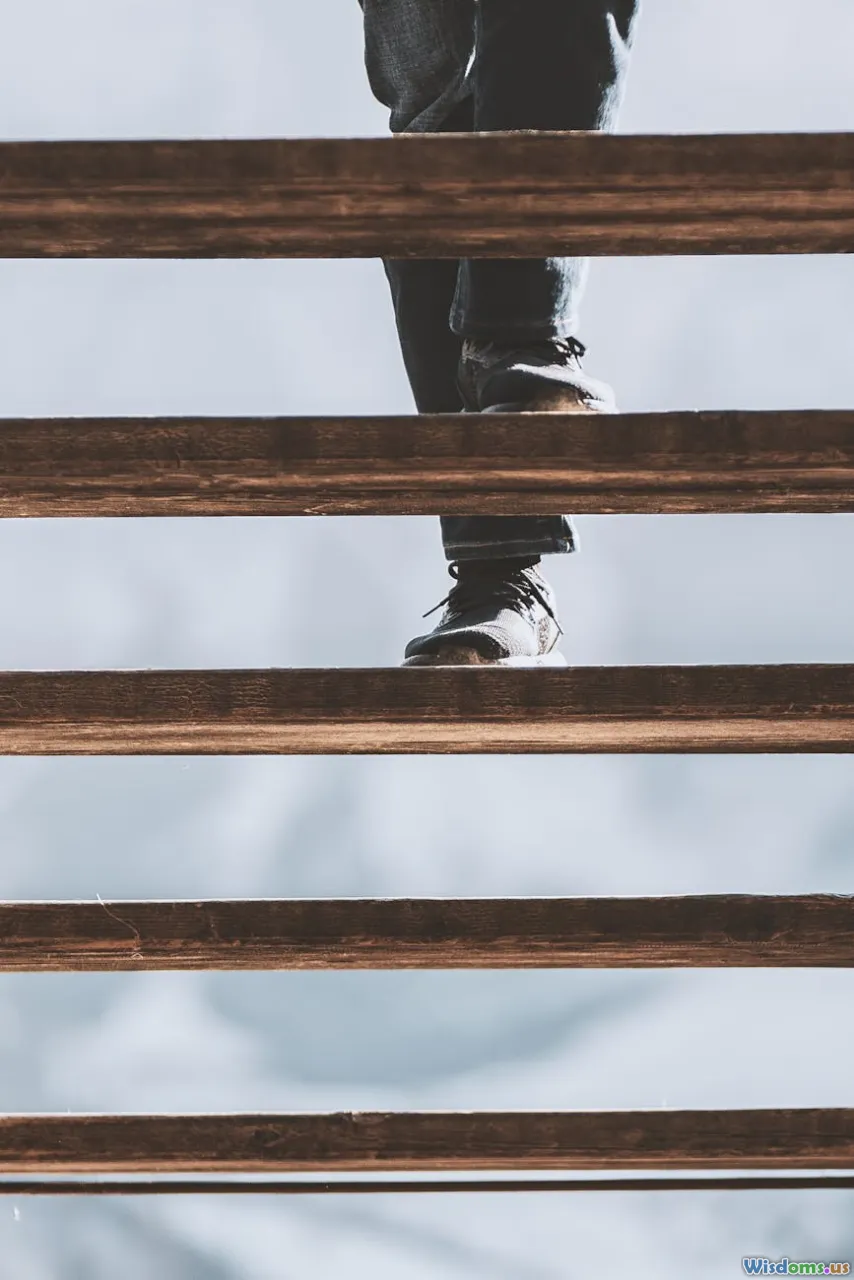
Looking back, the hardest moment wasn’t the biggest bill or missed social invite—it was taking the first step to face my reality and plan for something better. There was no magic windfall, no last-minute rescue, just diligence, new habits, and ongoing self-correction.
If you’re considering paying off your credit cards, know that even small actions can yield enormous results. Find strategies that fit your lifestyle, lean on tools and community for support, and chart your progress in visible, tangible ways.
Be patient with yourself. Remember: every dollar paid down isn’t just eliminating interest; it’s buying you back your peace of mind and freedom. That was the most rewarding payoff of all.
Rate the Post
User Reviews
Popular Posts










